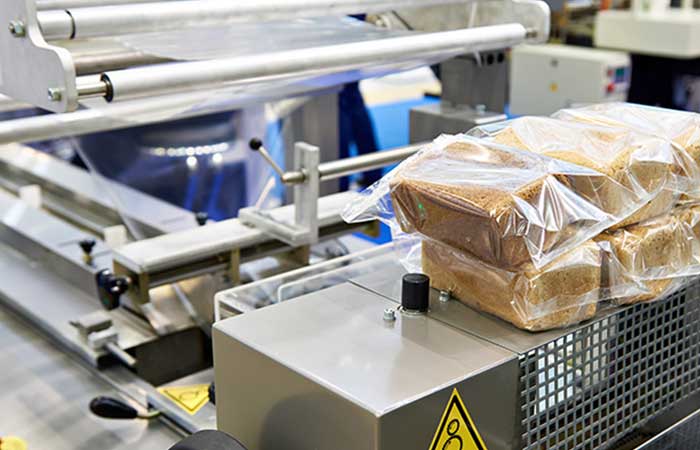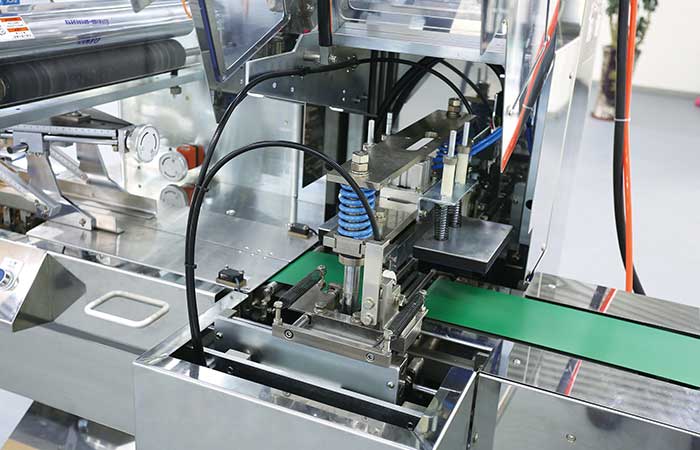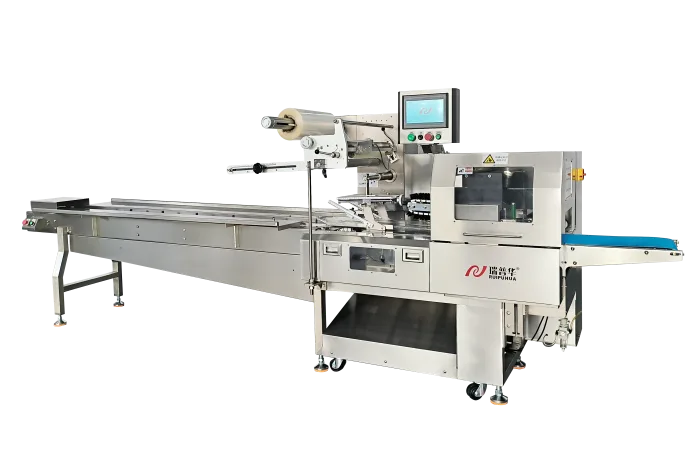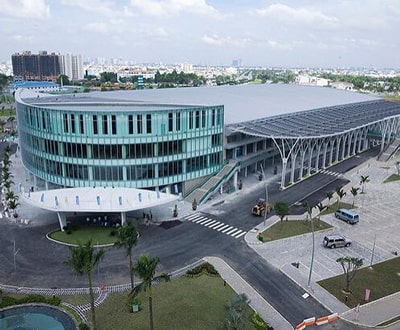Diving into the Intricate Realm of DNA Packaging Systems
The Marvels of DNA Packaging Systems
When we delve into the microscopic world of genetics, one cannot overlook the marvels of DNA packaging systems. Every cell within our body contains this intricate machinery that plays a crucial role in maintaining genetic integrity and functionality. From histones to chromatin structures, the complexity of how our DNA is compacted and organized never fails to astound researchers worldwide.
Imagine a library where each book represents a gene, but these books need to be packed efficiently to fit within the confines of a tiny cell nucleus. This is where DNA packaging systems come into play. The coordination and precision required for this process are nothing short of extraordinary.
At the core of DNA packaging lie histones, the proteins around which DNA strands are wound. These histones act as spools around which the DNA wraps, forming nucleosomes that aid in compacting the genetic material. The intricate dance between histones, DNA, and various regulatory proteins orchestrates the dynamic packaging of genetic information.
The Architecture of Chromatin
Chromatin, the complex of DNA and proteins within the nucleus, undergoes dynamic changes to regulate gene expression. The degree of compaction of chromatin plays a significant role in determining which genes are accessible for transcription. Histone modification and chromatin remodeling enzymes work together to ensure the right genes are activated or silenced at the appropriate times.
Epigenetic modifications, such as methylation and acetylation, add additional layers of complexity to DNA packaging systems. These modifications can alter how tightly DNA is wound around histones, influencing gene expression patterns and ultimately shaping an organism’s development and responses to the environment.
The Role of DNA Packaging in Disease
Disruptions in DNA packaging systems have been linked to various diseases, including cancer. When chromatin regulation goes awry, genes that should be silenced may become activated, leading to uncontrolled cell growth and tumor formation. Understanding how DNA packaging systems contribute to disease pathology is crucial for developing targeted therapies to correct these abnormalities.
Research in the field of DNA packaging systems continues to push the boundaries of our knowledge, unveiling new insights into how genetic information is stored, accessed, and utilized within our cells. The quest to unravel the mysteries of this fundamental process not only deepens our understanding of genetics but also holds promise for groundbreaking discoveries in medicine and biotechnology.
As we peer into the intricate realm of DNA packaging systems, we are reminded of the incredible complexity and beauty of life at its most fundamental level. The more we uncover about this essential process, the more we realize how interconnected and awe-inspiring the world of genetics truly is.
-
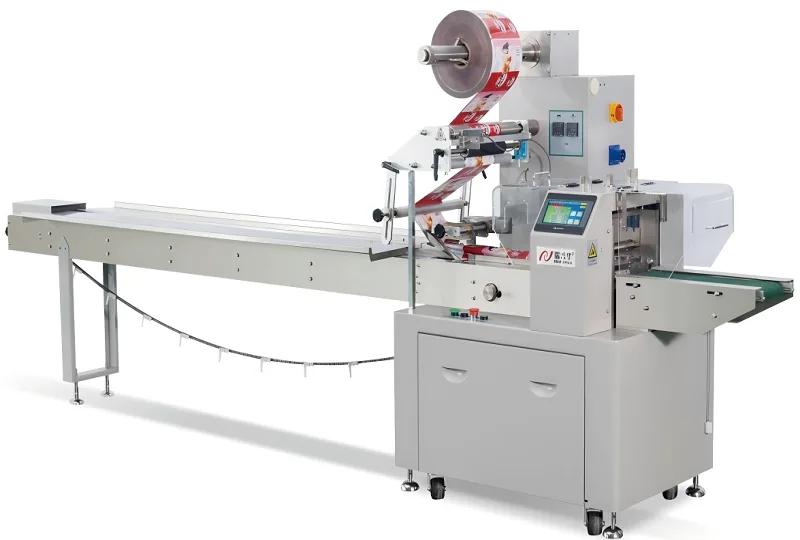 01
01Automatic Tray Loading and Packaging Equipment: Boost Efficiency to 160 Bags/Minute
21-11-2025 -
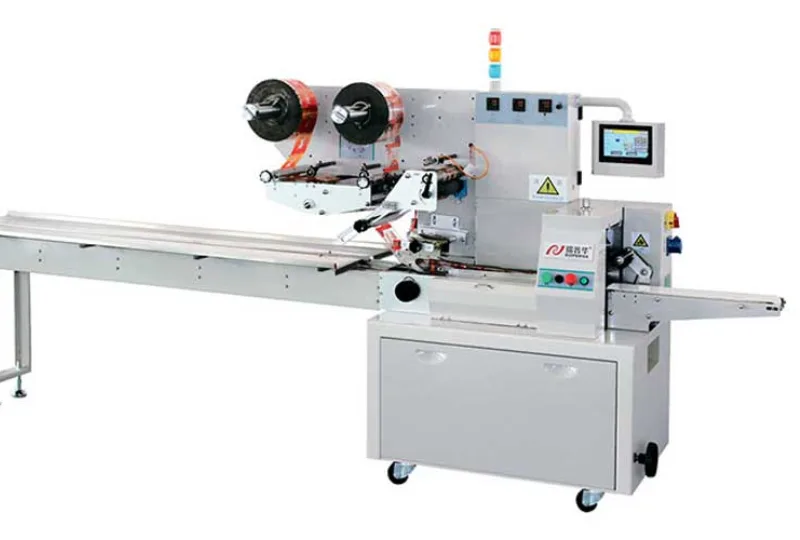 02
02Automatic Soap Packaging Machine: Boost Productivity with 99% Qualification Rate
21-11-2025 -
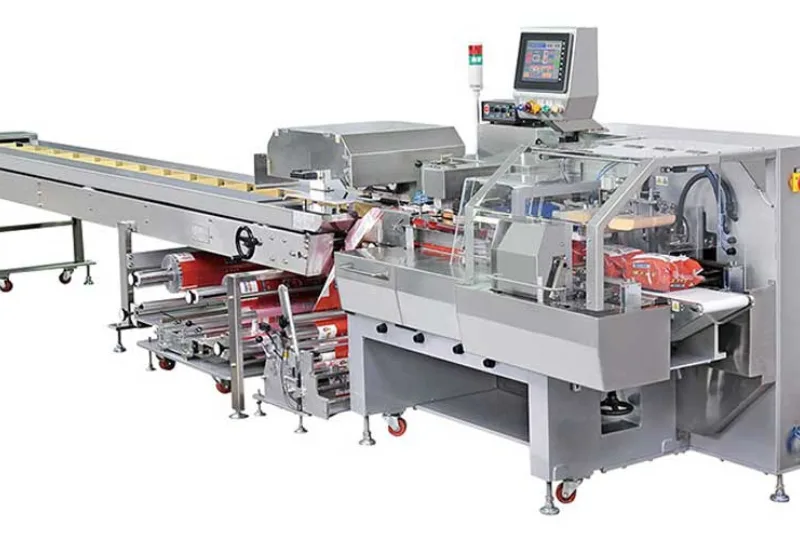 03
03A Deep Dive into Automatic Toast Processing and Packaging System
18-11-2025 -
 04
04The Future of Bakery Production: Automated Toast Processing and Packaging System
18-11-2025 -
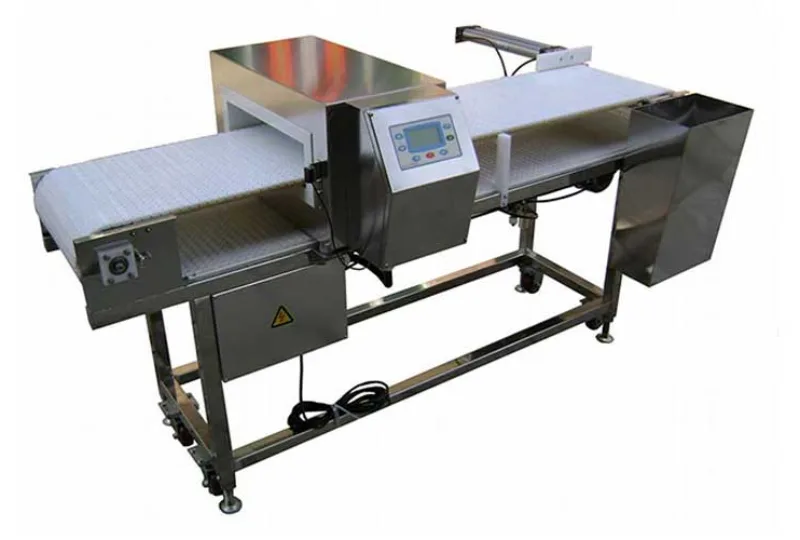 05
05Reliable Food Packaging Solutions with China Bread, Candy, and Biscuit Machines
11-10-2025 -
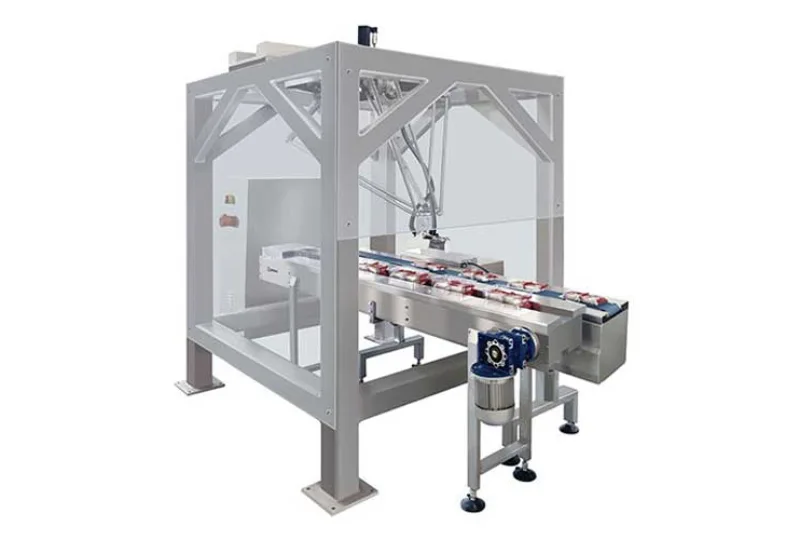 06
06High-Performance Automated Food Packaging Equipment for Modern Production
11-10-2025 -
 07
07Reliable Pillow Packing Machines for Efficient Packaging Operations
11-10-2025 -
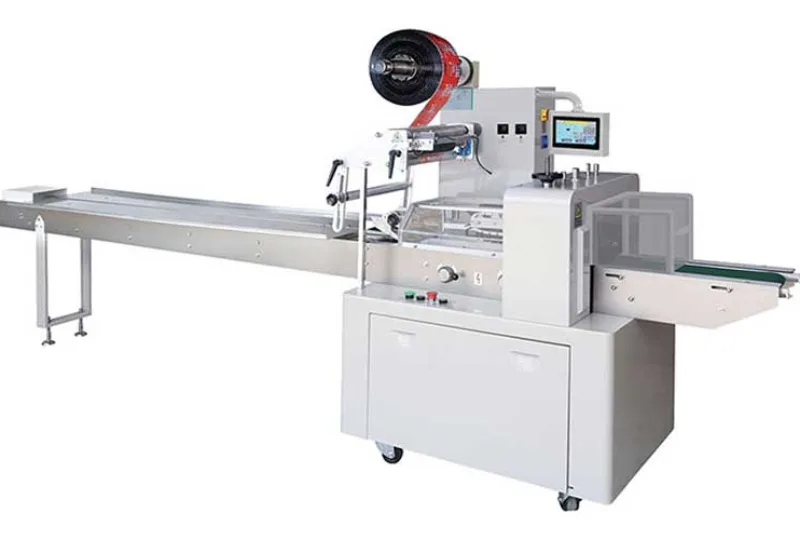 08
08Advanced Fully Automatic Packaging Solutions for Efficient Production
11-10-2025 -
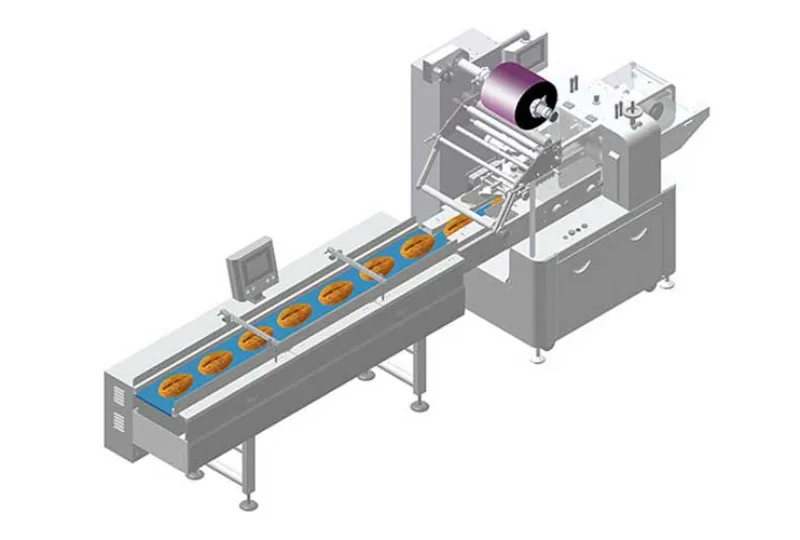 09
09Efficient Automatic Food Packaging Solutions for Modern Production
11-10-2025 -
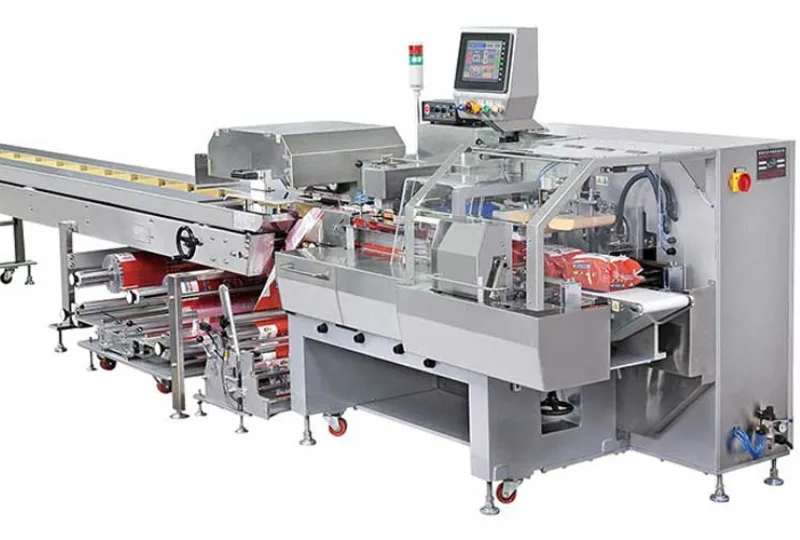 10
10Advanced Automatic Packaging Equipment for Efficient Production
11-10-2025



